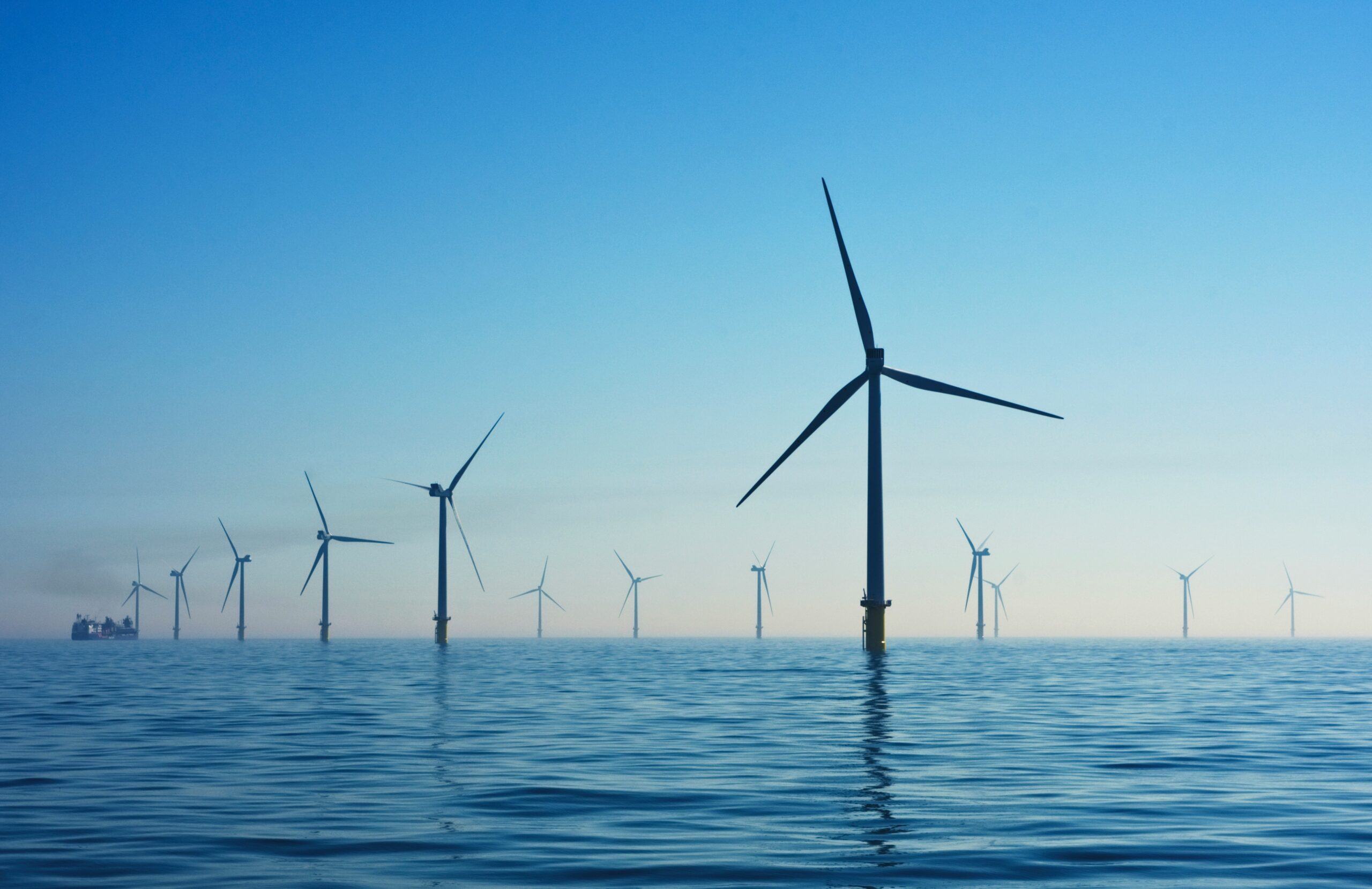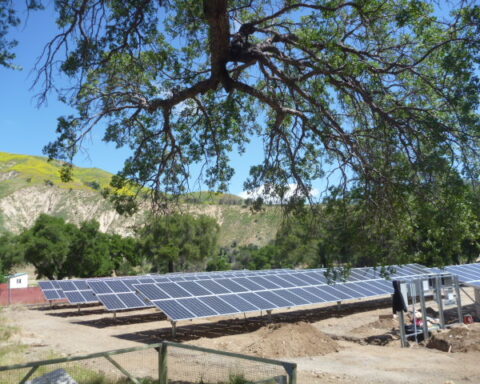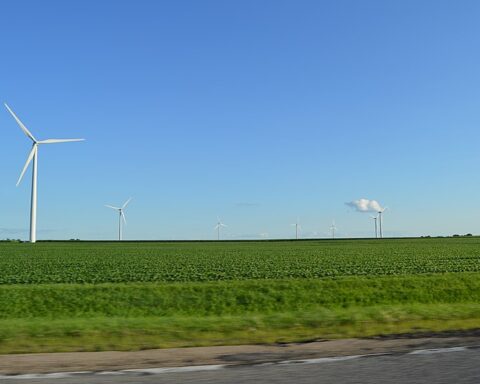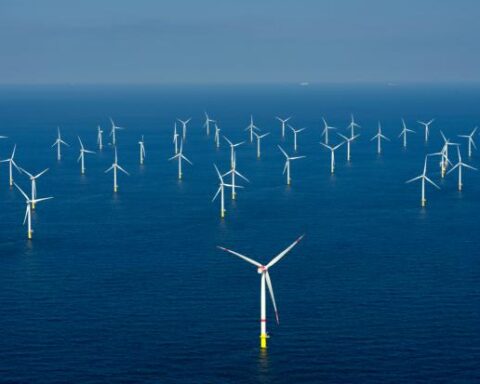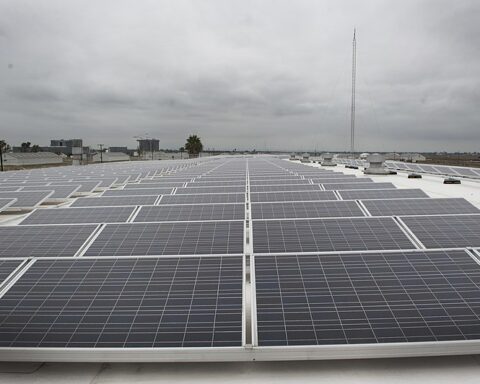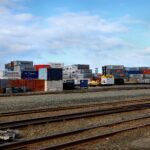The Bureau of Ocean Energy Management will open 12 offshore wind energy lease sales through 2028, U.S. Secretary of the Interior Deb Haaland announced Wednesday at a forum in New Orleans. Four lease sales are planned in 2024, one each in 2025 and 2026, two more in 2027 and another four in 2028, Haaland said.
“As we look toward the future, this new leasing schedule will support the types of renewable energy projects needed to lower consumer costs, combat climate change, create jobs to support families, and ensure economic opportunities are accessible to all communities,” Haaland said.
This year, leases are set to be available in the Central Atlantic coast, in the Gulf of Maine, the Gulf of Mexico and along the coast of Oregon. In 2025 and 2026, leases will be available in the Gulf of Mexico and the Central Atlantic. In 2027, more coastal waters will open up in the Gulf of Mexico and near New York. In 2028, leases will be available along the shores of California, Maine, Hawaii and U.S. island territories.
The previous offshore leasing schedule released in 2021 outlined ocean areas that would become available through 2025. So far, the U.S. has approved eight utility-scale offshore wind projects. Areas in the Atlantic, the Gulf of Mexico and the Pacific have been opened up for leases. A new utility-scale offshore wind project began operating last month off the coast of New York, and another project in Massachusetts started sending power to the grid earlier this year.
Although the U.S. has made strides building its offshore wind capacity from almost nothing, the nascent industry has faced technological and economic hurdles. Although one New York project is now up and running, three other projects in the area were recently canceled. High interest rates and unreliable supply chains have contributed to a shaky start for offshore wind.
Another challenge is assembling giant wind turbines in the open ocean, which is made more complicated by the 1920 Jones Act. The act requires goods sent between U.S. ports to be American-made and owned and operated by American companies. Right now, the Jones Act restrictions mean offshore wind developers have to take an extra step of using a U.S.-made barge to transport pieces to another vessel that can assemble them.
At least one project in Virginia will soon avoid this extra step, after the first-ever vessel designed for offshore wind assembly and compliance with the Jones Act is nearly complete, Canary Media reported. The vessel is receiving finishing touches near Brownsville, Texas, before it will sail up to the Virginia coast and assist in construction of an offshore wind project for Dominion Energy.
In an effort to speed the industry along, new port terminals specifically for offshore wind are also being built across the country. In California, a $426 million grant will help construct an offshore wind terminal in the Humboldt Bay. And in Massachusetts, the site of a retired power plant is being converted to an offshore wind terminal on Salem Harbor using a combination of public and private investments.
The construction of terminals, paired with new lease opportunities signals that the U.S. government remains committed to wind energy. Even with delays in getting projects up and running, the U.S. Interior Department has approved more than 10 gigawatts of offshore wind — enough to power about 4 million homes once it is operational. The agency has previously set a goal for the U.S. to get 30 gigawatts of electricity from offshore wind by 2030.
“Our offshore wind leasing schedule will provide predictability to help developers and communities plan ahead and will provide the confidence needed to continue building on the tremendous offshore wind supply chain and manufacturing investments that we’ve already seen,” Haaland said.

Photo by Nicholas Doherty on Unsplash




